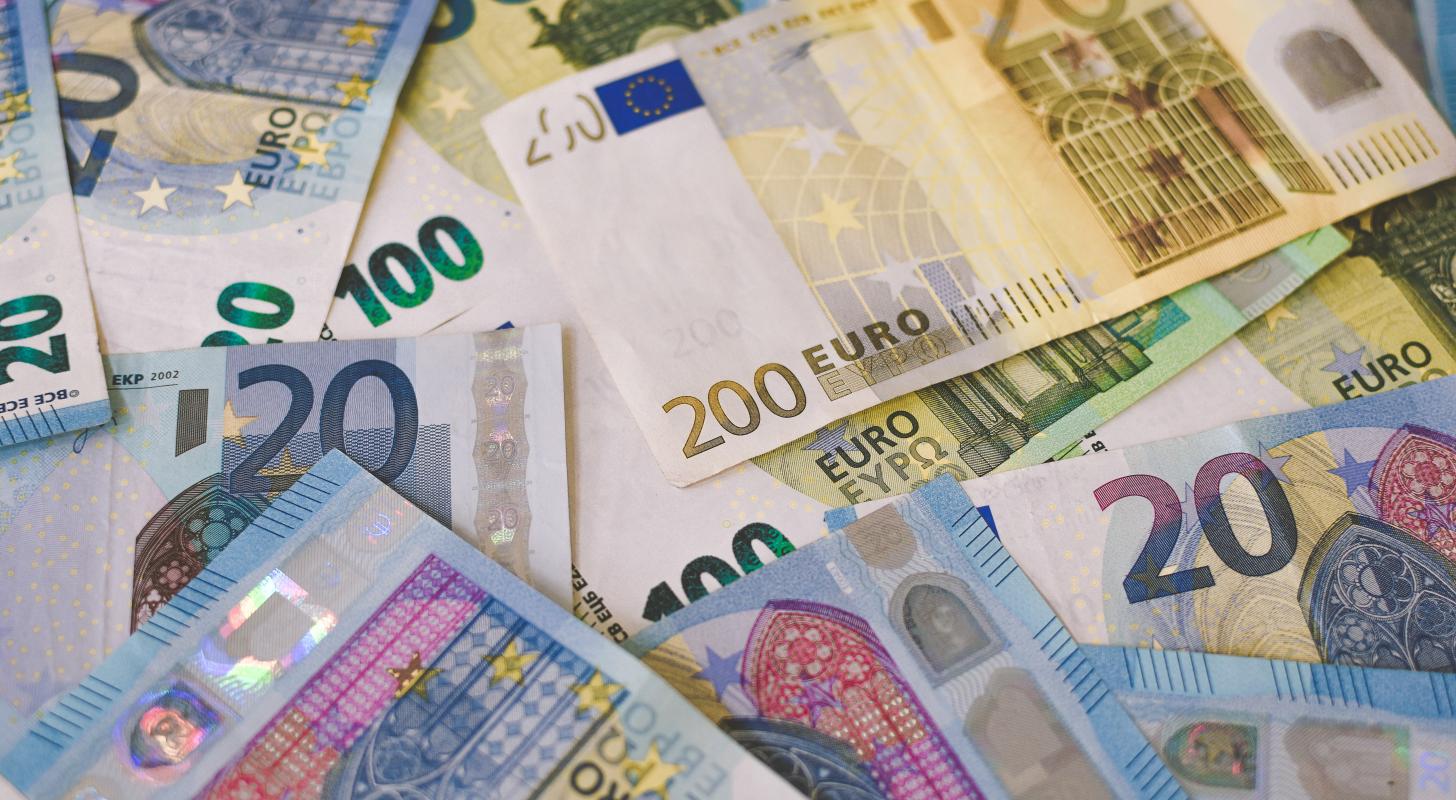Forex
How the Fed meeting affected the EUR/USD exchange rate

The European currency exchange rate declined sharply after the release of inflation data in the U.S. In June, the consumer price index in the U.S. rose to its highest level since 1981
EUR/USD rate on the international forex market fell by 0.37%, to $0.9999, according to the trading data.
The fall in the European currency was observed against the background of the release of inflation data in the U.S. In June, consumer prices in the U.S. rose by 9.1% on an annualized basis, against experts’ expectations of 8.8%. This is the highest figure since 1981. The inflation data increased the possibility of further active monetary policy tightening by the US Federal Reserve in order to restrain inflation.
The decline in the euro reflects a change in the rate differential between the Fed and the ECB. Over the past three months, the Fed has increased rates by a total of 150 basis points, while the ECB has kept rates unchanged. The ECB will probably not be able to raise rates at the same pace as the Fed, due to the vulnerability of several countries with excessive debt burdens (Portugal, Italy, Greece, and Spain) to interest rate increases.
In many respects the dynamics of the euro are also explained by the worsening of the euro area trade balance – in particular, in May the trade balance in Germany went into deficit for the first time since 1991. This is due to a decrease in exports to Russia and a number of other countries, while imports rose significantly due to rising energy prices.
The euro was also weakened by the publication of the July index of economic sentiment in Germany. The index fell over the month from -28 points straight to -53.8 points, marking a new low since the end of 2011. The depreciation of the euro against the dollar is also supported by the growing attractiveness of the dollar amid growing fears of a recession, which caused the flight from the risks on the world market.
Analyst at Nomura bank Jordan Rochester expects further decrease in euro against dollar to $0.95. Citigroup Bank believes that the European currency may fall even below that level if Russia cuts gas exports to Europe.
The prospects for further dynamics of the EUR/USD pair in the near future will largely depend on the supply of energy resources to Europe, in particular the resumption of Nord Stream, which is now stopped for routine maintenance.
If the pipeline returns to work at 60-40% of its capacity, the euro may fall to $0.98-0.97, the expert predicts. If the pipeline fails to resume operation after July 21, the exchange rate of the European currency may drop to $0.95, which implies reaching a new 20-year low in this currency pair.

 Forex3 years ago
Forex3 years agoForex Today: the dollar is gaining strength amid gloomy sentiment at the start of the Fed’s week

 Forex3 years ago
Forex3 years agoUnbiased review of Pocket Option broker

 Forex3 years ago
Forex3 years agoDollar to pound sterling exchange rate today: Pound plummeted to its lowest since 1985

 Forex3 years ago
Forex3 years agoHow is the Australian dollar doing today?

 Cryptocurrency3 years ago
Cryptocurrency3 years agoWhat happened in the crypto market – current events today

 World3 years ago
World3 years agoWhy are modern video games an art form?

 Commodities3 years ago
Commodities3 years agoCopper continues to fall in price on expectations of lower demand in China

 Economy3 years ago
Economy3 years agoCrude oil tankers double in price due to EU anti-Russian sanctions





















